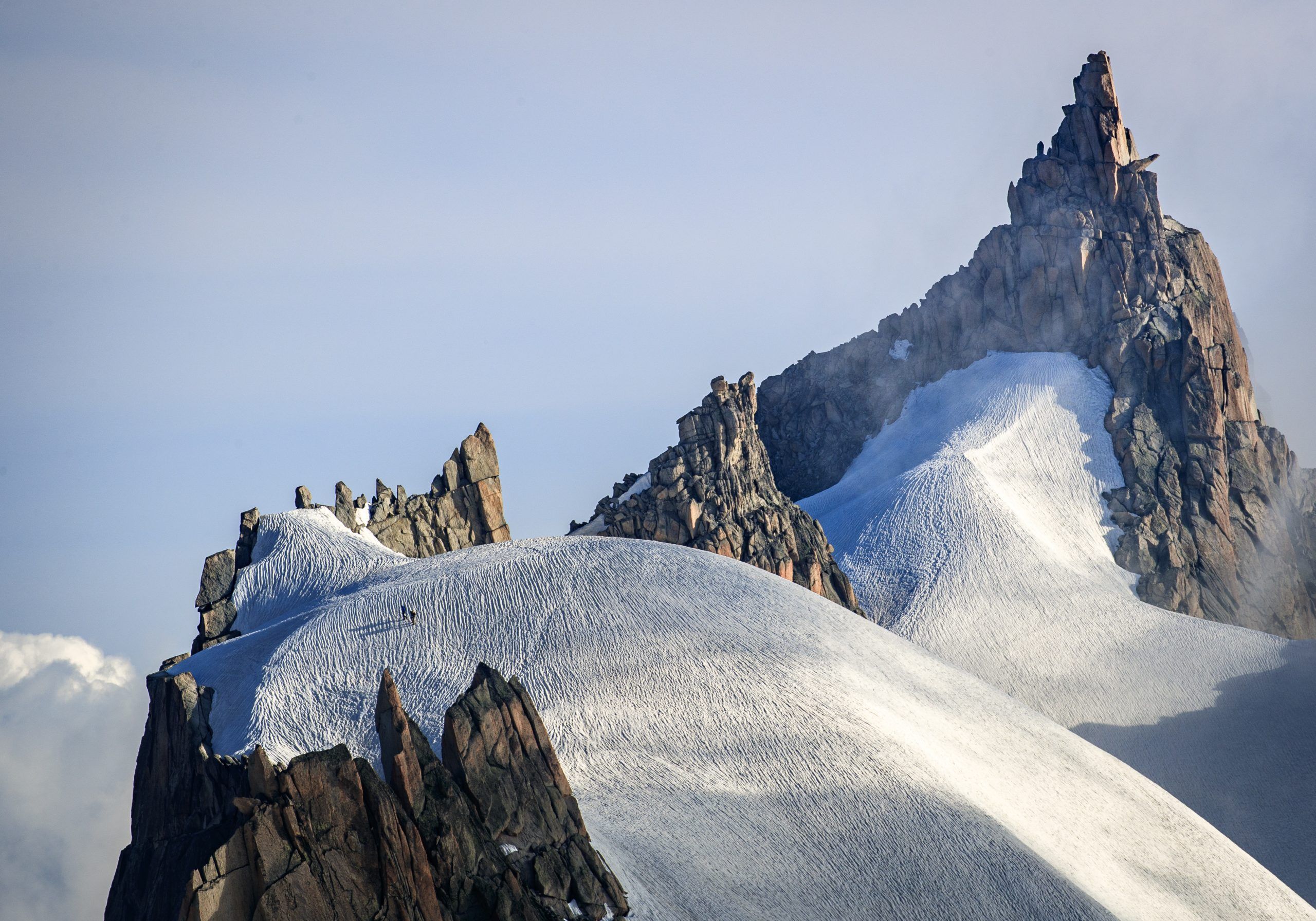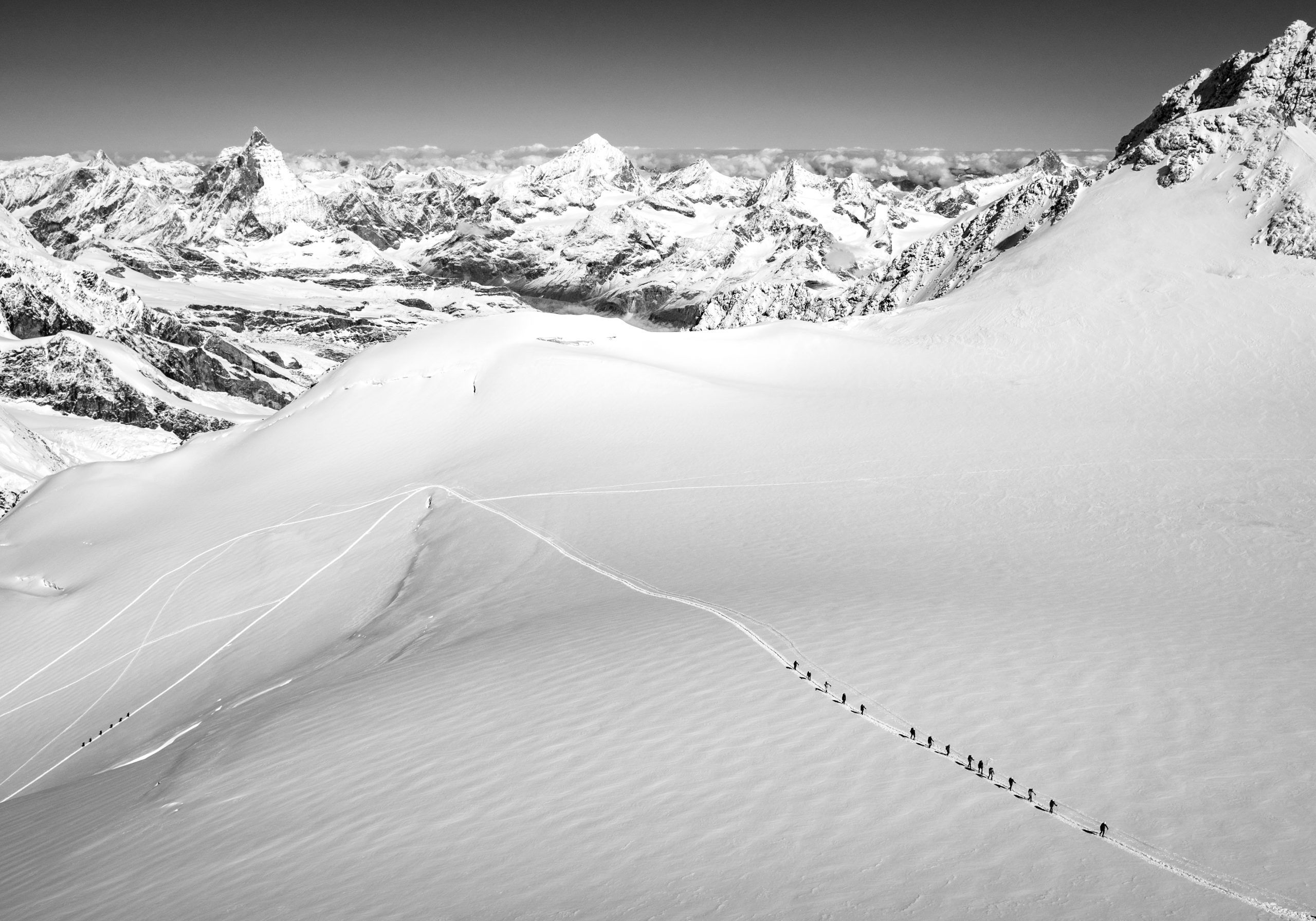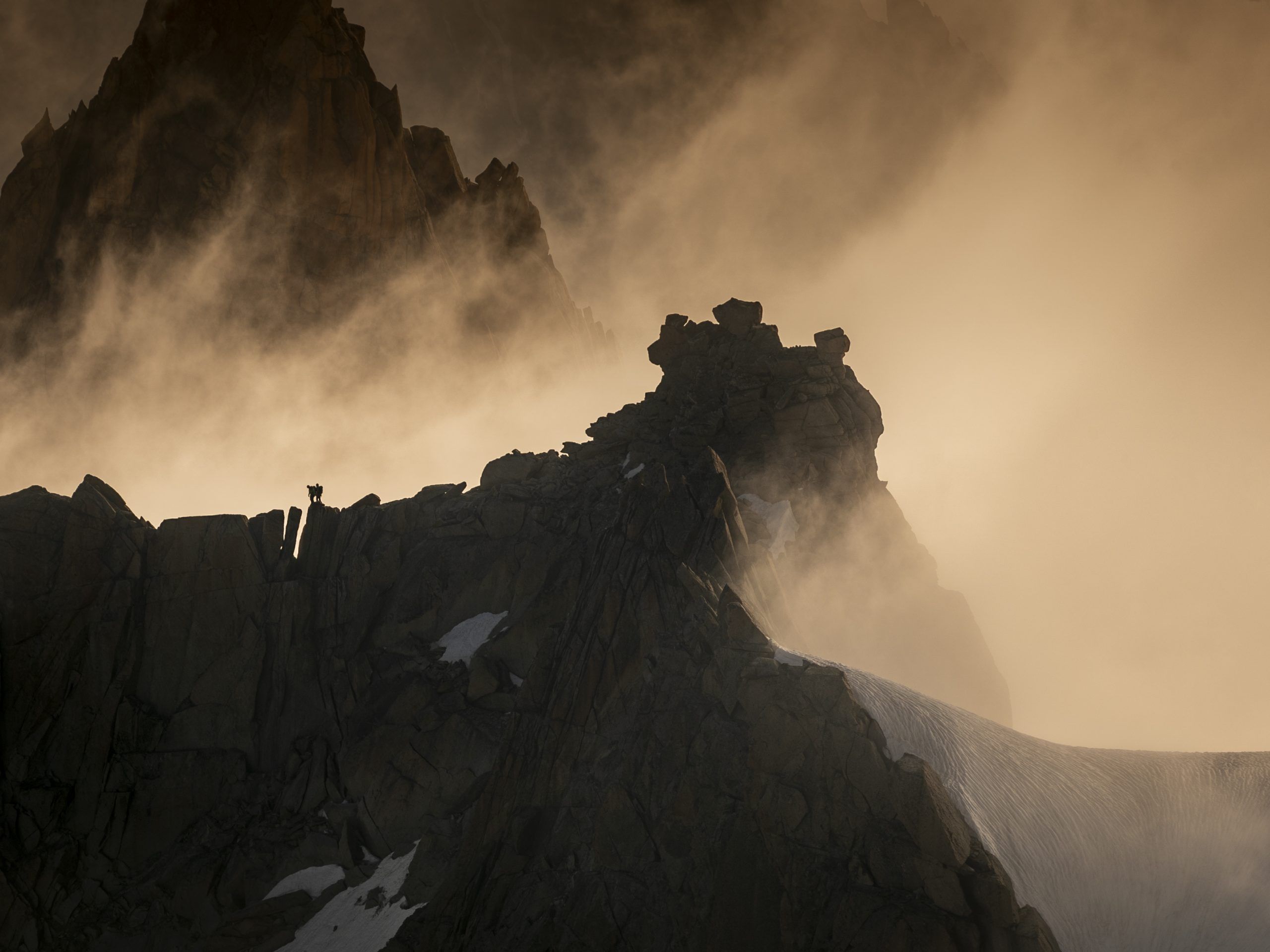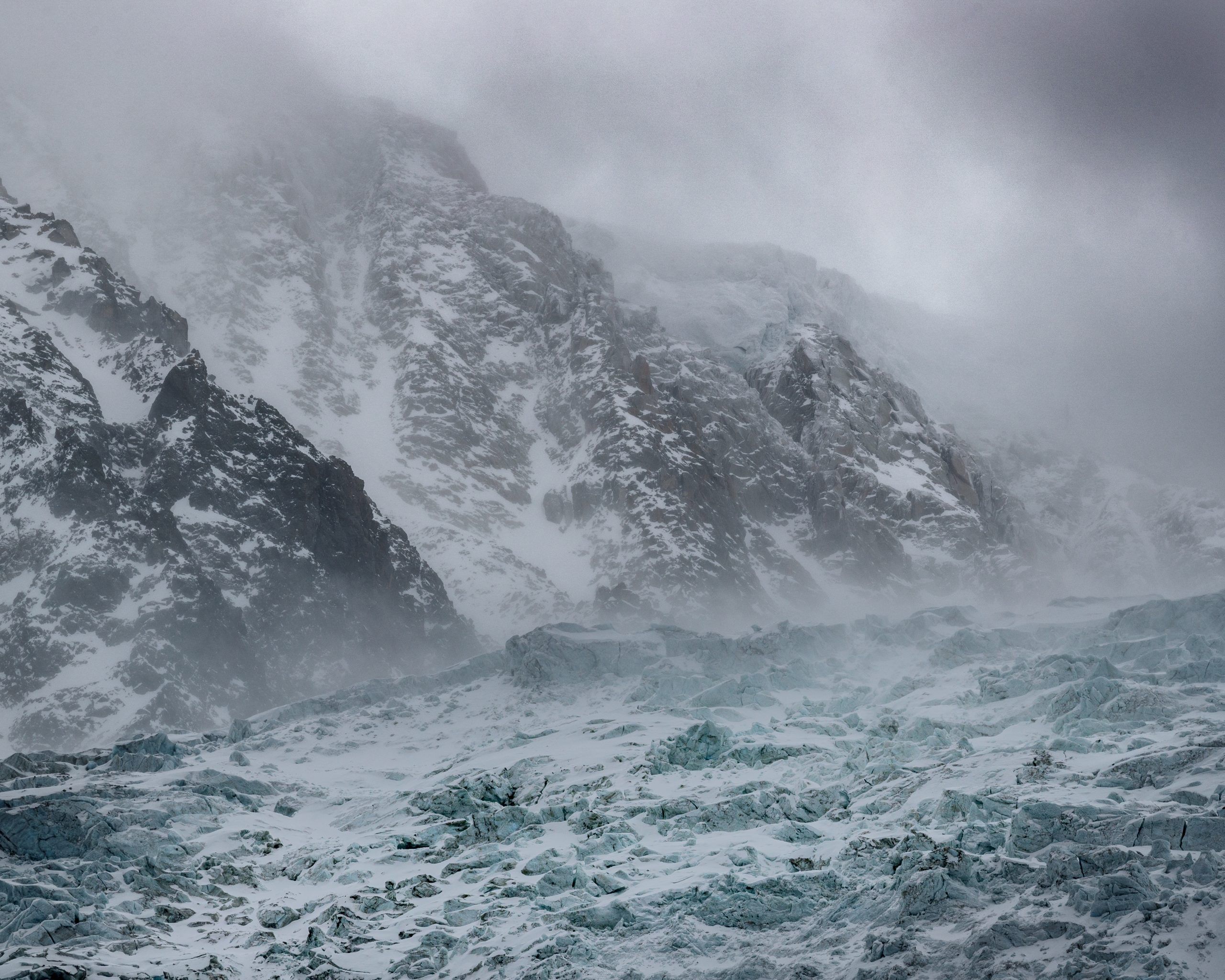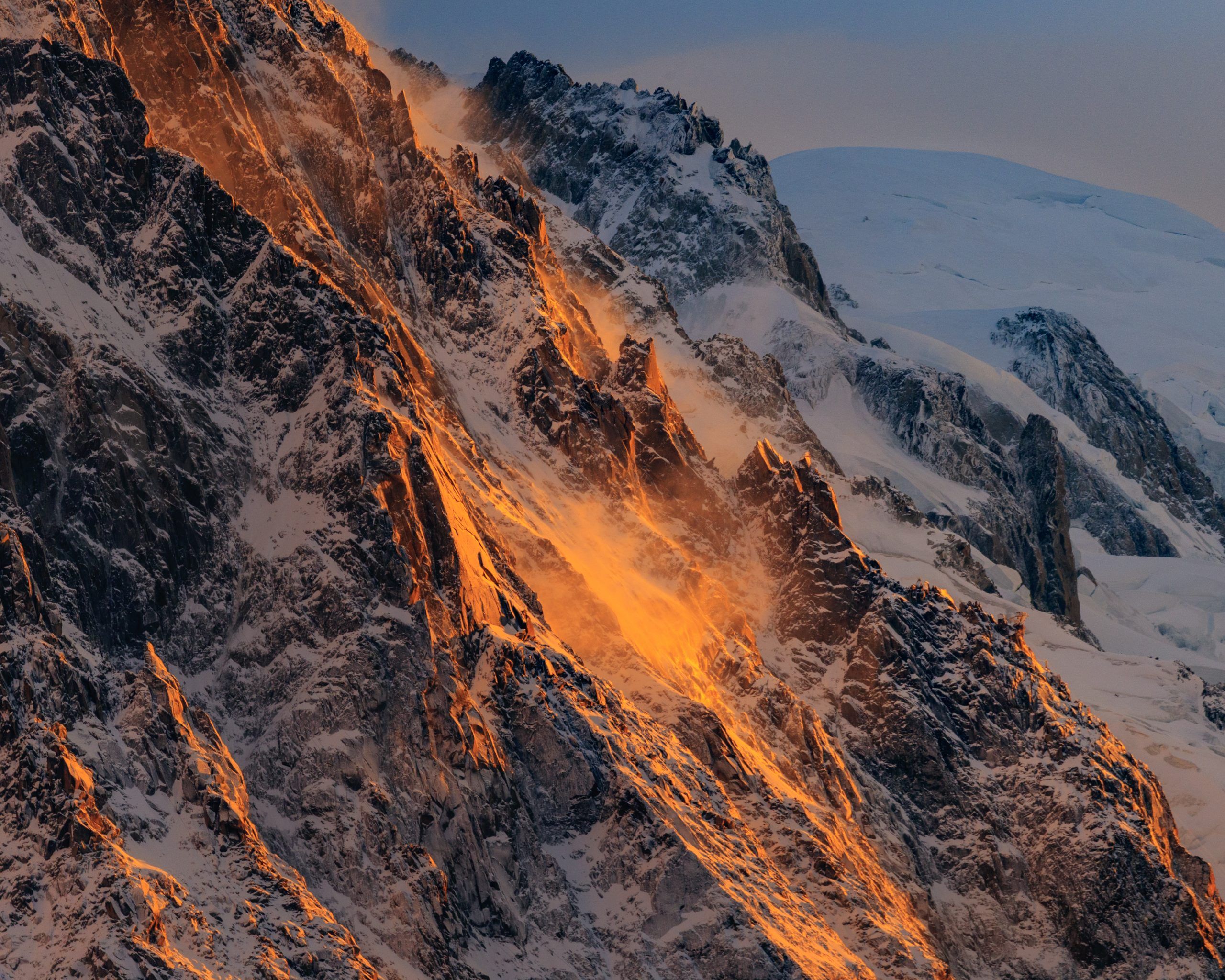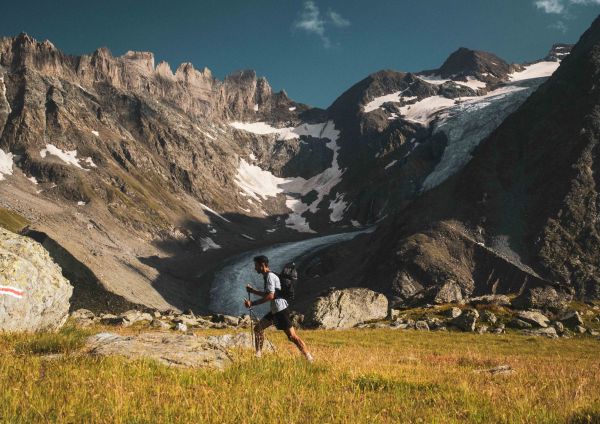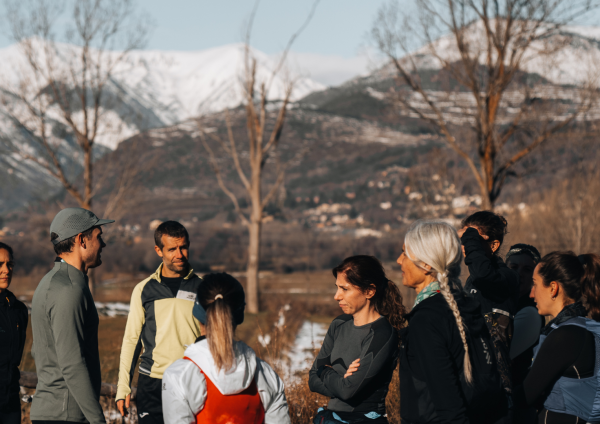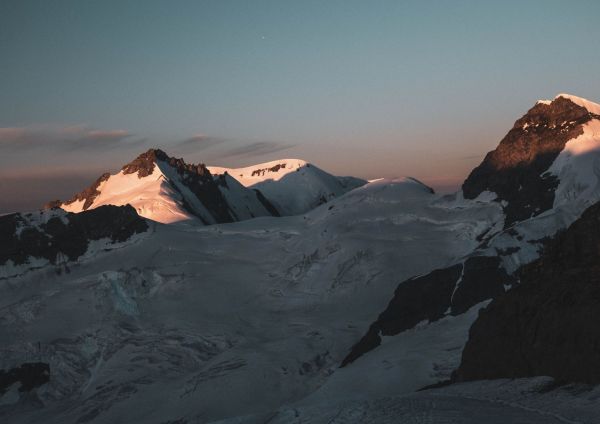Chamonix Perspectives


Jens Høgsted
Born in 1972. Danish national based in Copenhagen with a second home base in Chamonix, France. Executive in the retail and consumer product industry. Enthusiastic photographer and alpinist, trying to balance work, family, and passions. He enjoyed most, struggled on some, of the 25 4,000m peaks that he has summitted in the Alps.

Author of Chamonix Perspectives, a photography book made with a love for the Alps and Chamonix.
Perspectives from six Chamonix mountain guides telling the story about the climate changes’ impact on the mountains and their lives.

Don’t miss up this amazing book, and click here to get yours!
Buying Chamonix Perspectives, you are also supporting the projects we are currently doing at Kilian Jornet Foundation.
Interviewing Jens Høgsted
When and how did you start with photography?
I started quite young when I had my first camera, I was ten years old. At that time, I lived with my parents. Our house was on the border with a forest, so I was always trying to get pictures from birds, deers and other wildlife. Quite bad pictures by then, but I really spent a lot of time there. My grandpa taught me a lot about nature too. He had those big books about birds, and by that time, I was twelve, and I already knew all the birds around Europe. So, it was the interest in nature that got me into photography.
Why Chamonix?
There is quite a combination of different reasons why I choose Chamonix for my book. I really have a lot of interest in places with history and authenticity and I like a place that goes back in time. And that’s how it started. I do like places with a heritage and story, and I found this in Chamonix. The other reason is that you can find exceptional mountains out there and fantastic views, of course. I also used to have a friend there, and we started hanging out, skiing and this allowed me to explore the area and see that it is a perfect place to be. Actually, nowadays I have a place there and I try to spend as much as I can around the area.
How would you define Chamonix perspectives?
I had some friends that said: You need to do something with your pictures. But I thought, there are tons of photography books out there, amazing coffee table books. But I realized there were not that many that show the dramatic changes that climate change is doing to the mountains. So, I thought, OK, how can I integrate that into the book? I didn’t want to make it as a science book, you can read that on the internet, and I’m not a scientist either. However, I came up with the idea that if you talk to people that spend 320 days a year in the mountains, you would have a clear vision about the impact of climate change. And you would have real and authentic stories about these changes. Instead of doing science, I prefer to focus on their daily experience and anecdotes. I talked to people that experiences those changes on their body, day by day, and I wanted to share their stories.
Who are you trying to reach with this project?
I think that the audience is actually quite broad. You find people that love Chamonix, or love the alps, the mountains. There is a recreational target, but also mountaineering and alpinists are worried about the glaciers retracting and the impact of climate change. And last but not least, you have climate activists that will see this as a good manifestation of what’s going on.
Is it a solo book or did you partner with other professionals?
For sure. Making a good book is a profession, so I teamed up with an editor, who helped me to select the images and make a coherent story around the book. I also collaborate with a design agency and printing one, to make the book as attractive as possible. And even though I wrote almost all the texts by myself, I partnered with a professional rewriting them. So definitely it was a team job, with five or six professionals working on the project. But that was also fun, and part of the adventure of doing a book.
As a photographer, would you have any recommendations for outdoor photographers, or outdoor lovers, to be more respectful with the environment and try to reduce their impact when going outside to get the best pictures?
Yeah. I think this goes for all of us. You have to consider how you travel, and also the trash you leave in nature. You must keep all you brought with you, back to where you started. You have to find a balance, because for sure we want to enjoy nature, but doing so, we impact it just by going there. So, I think that the advice would be to consider how you travel and how you behave outdoors.
How can photography help to create awareness of climate change?
In many ways an image can say more than a hundred words. Taking into history you can pin point so many times where photography has had a huge impact on telling stories, weather is a war, peace, sports, etc. In many ways, photography is a super strong media. However, I think it’s ironic the number of pictures that are taken today, and that makes the value of each of them not as strong as it used to be. You see so many pictures, sometimes manipulated, that you don’t know if they are real or not. But still, I believe, photography is a powerful tool to visualize what is happening, and illustrate perhaps, more than anything else the reality of the world. That’s why I think that selecting the best pictures and creating a coherent story is more important than ever. In that way I think that a book is kind of a manifestation of relevant things coming together rather than just building a digital album on social media. A physical book in 2023 means something, like a handwritten letter, when was the last time that you received a handwritten letter?!
Would we see a second version of the book?
Why not? It was very fun to make the book, all the people I met and partnered with were amazing. But I’m still focused on this first project, so for now I’m trying to reach as many people as possible. In the last 12 years I have spent 3 months per year in Chamonix, and I’m still surprised about some stories that the mountain guides and people that live there share with me. So, keeping that microphone open of what we actually see and the frequency of the changes the environment is experiencing, I think is quite important and I’ll always try to share those stories.
